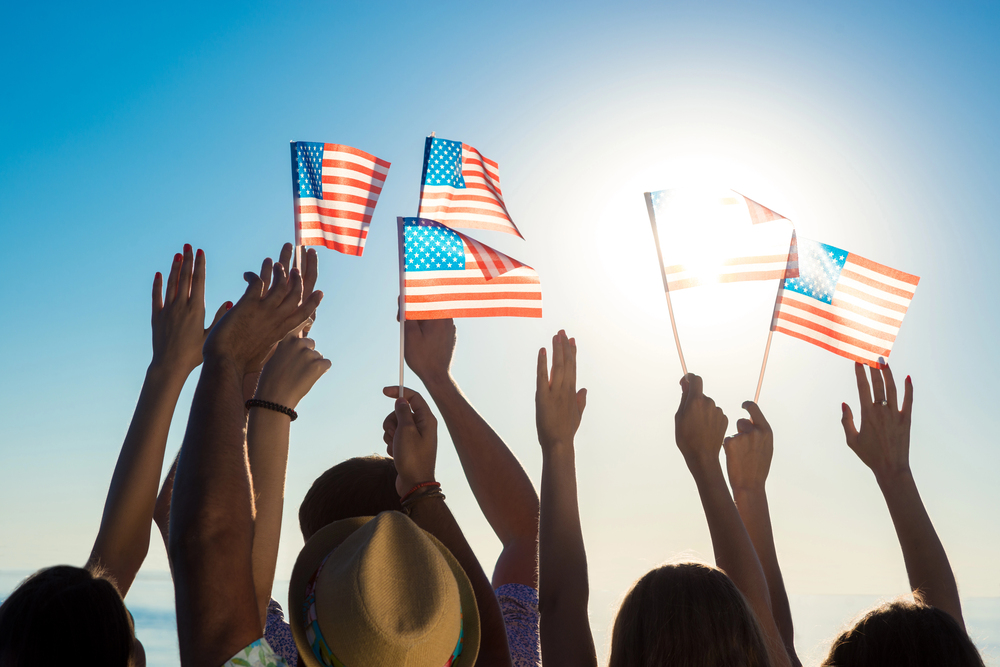
What is it to feel proud to be American in 2025? For some, that pride beats stronger than ever, while for others, it’s dimmed to a spark. As new Gallup polling finds, just 41% of Americans now report being “extremely proud” to be American a historic decline from post-9/11 peaks. The reasons for this change are as multifaceted as the nation itself, involving history, politics, economics, and the digital world.
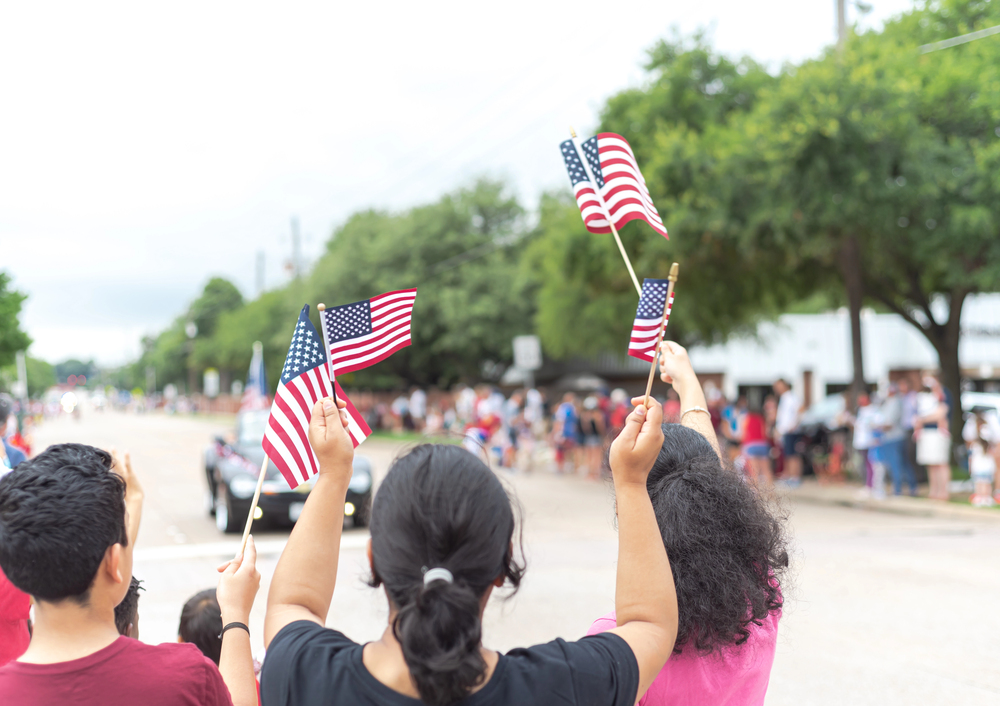
But this tale isn’t merely one of numbers it’s the lived reality of Americans struggling with the national identity. From cultural divisions across generations to the effects of social media, let’s dissect the most revealing drivers of this pride decline and highlight the positive means through which communities are reimagining a sense of belonging and purpose.

1. The Generational Pride Gap Is Expanding
The American generational divide has never been greater. Based on recent Gallup surveys, fewer than half of Generation Z (41%) indicate they’re extremely or very proud to be American, while 83% of the Silent Generation report this sentiment. Millennials are close on the heels of Gen Z with only 58% reporting high levels of pride. This is not a blip these figures have been declining steadily for years, particularly for younger Americans who are living in a world of economic insecurity and accelerated social transformation.
“Interestingly, a greater percentage of Gen Z Democrats report having little or no pride being an American (32%) than report being extremely or very proud,” Gallup says. For many, the old symbols of patriotism do not evoke the same response as they did among earlier generations, as new priorities and concerns redefine what it means to belong.
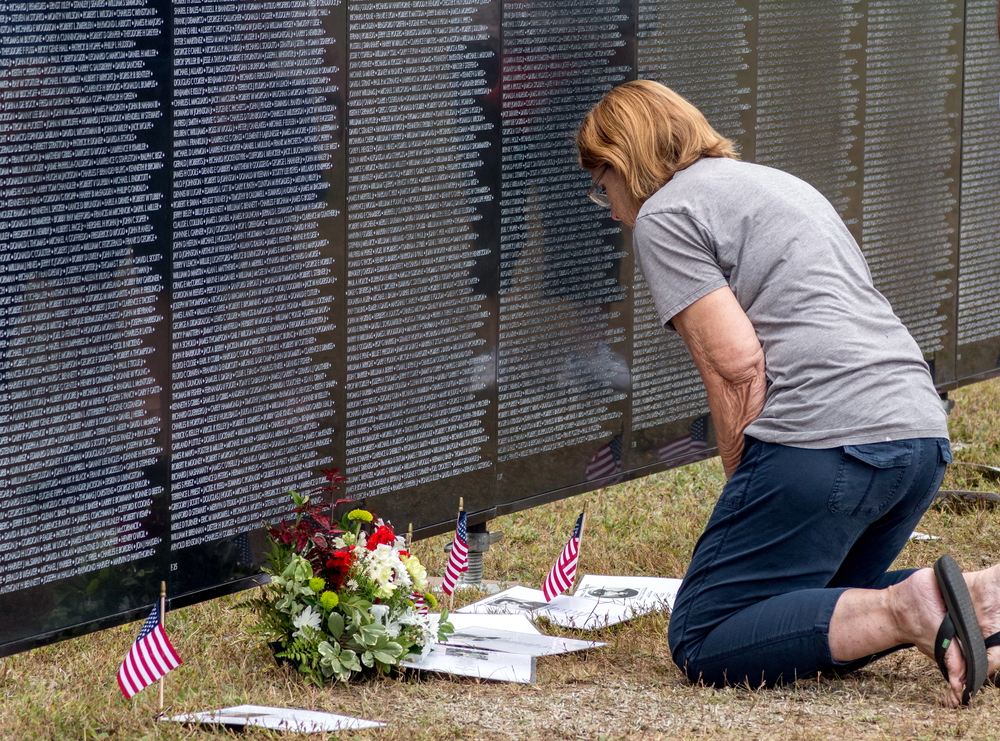
2. Political Polarization Is Fueling Disillusionment
The red-blue chasm isn’t just a political trope it’s transforming Americans’ attitudes toward their nation. Democratic pride has fallen to a mere 36%, while Republicans steadfastly stand at 92%. Independents sit at a record low as well, with just 53% reporting strong pride. This partisan divide has expanded immensely since the early 2000s, when pride was almost universal by party affiliation.
As scientists have discovered, “People like policies suggested by members of their own in-group and they don’t like ideas that were created by out-groups.” When even fundamental values become fronts, it’s no surprise that national pride is suffering. The consequence? Feeling united becomes an illusion for many, replaced by despair and, on occasion, wholesale cynicism.
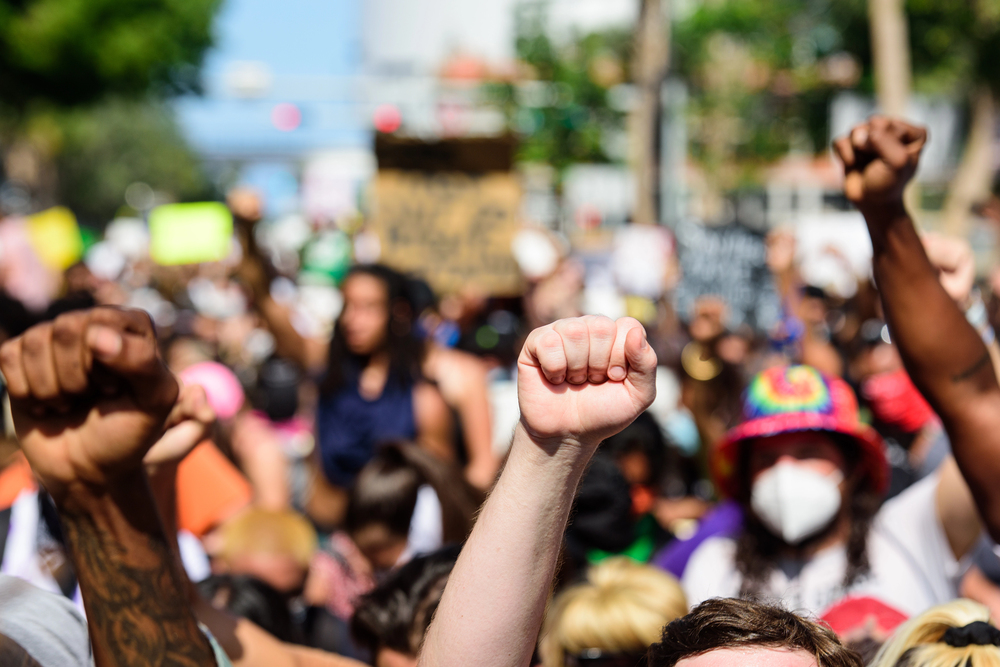
3. Historical Injustices and Contemporary Inequality
America’s complex history with racism and colonization continues to influence national identity. The Black Lives Matter movement, the constant arguments over reparations, and the enduring disparities in equality have led many people to reconsider what patriotism is. As Gallup’s long-standing “most important problem” poll indicates, surges in worry over race frequently happen after high-profile events, but the root issues seldom vanish.
“Race can be called an Americans’ underlying worry. It is always in the backdrop of Americans’ minds,” writes Gallup’s historical analysis. For some, it is a step towards healing to admit these facts. For others, the failure to make progress is one of deep disappointment, and it becomes evident with difficulty to be able to celebrate the accomplishments of the country without also seeing its imperfections.

4. Economic Hardships and the Fading American Dream
The wealth gap is more than just a headline more like a real-life reality for millions. Higher housing prices, stagnant wages, and student loan debt have made many feel the American Dream is unattainable. Even those who did “play by the rules” get a degree, find a good job are living check to check or moving back in with mom and dad.
This economic pinch is particularly painful for younger generations, as they are not likely to own a home or enjoy a comfortable retirement. Consequently, numerous adults have “realized that the American dream won’t exactly work out for them,” engendering disillusionment that erodes national pride.

5. Social Media’s Double-Edged Sword
Never have Americans had so much exposure to foreign peoples’ lives and opinions. Social media sites have become arenas for comparing government assistance, education, and healthcare with other nations. It can be quite enlightening, but it also illuminates where the U.S. is lacking.
“Most Americans sense that wool has finally been pulled over their eyes for the first time through social media exposure,” the lead article notes. Meanwhile, algorithms tend to make outrage and polarization more viral, so it is more difficult to achieve common ground or share in common successes.

6. Waning Civic Engagement and Community Ties
Civic engagement once the pulse of American life is in decline. Rates of volunteerism have declined, and participation in community organizations or even voting has declined. As experts note, “Participation is a responsibility, it need not be a chore. Joining in civic life can and should be full of joy and full of love.” Activities such as block parties, parades, and neighborhood festivals aren’t enjoyable they’re also potent means of forging trust and a sense of belonging.
“Civic joy is a commitment to creative possibility in the face of pain and struggle,” declares the Lincoln Center’s community renewal initiative. Rediscovering these traditions may be the key to reviving pride and connection.
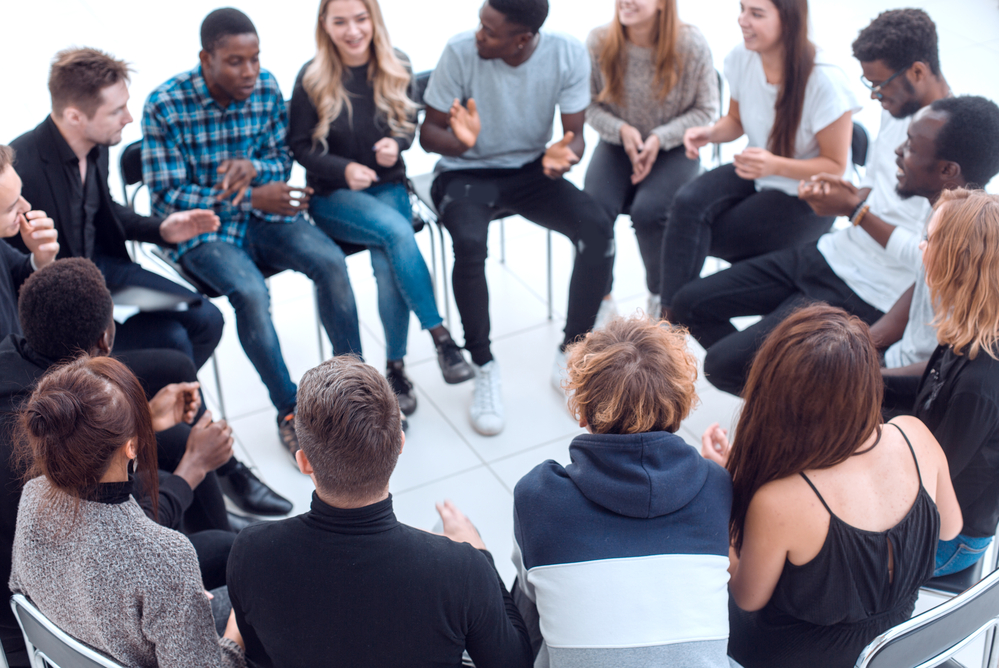
7. The Path Forward: Bridging Divides and Reclaiming Patriotism
As hard as it is, there is hope ahead. Experts suggest emphasizing common values, empathy, and making space for open discussions. Programs such as Citizens Assemblies, bipartisan cooperation, and community service programs are assisting Americans in finding common cause again.
As Case Foundation CEO Jean Case exhorts, “Bring purpose to our communities through reaching beyond our bubbles.” From volunteering to a neighborhood festival, or even just listening to a neighbor with an opposing perspective, small things can lead to significant change. The American future might hinge less on great things and more on their ordinary attempts at coming together, serving one another, and celebrating as a whole.
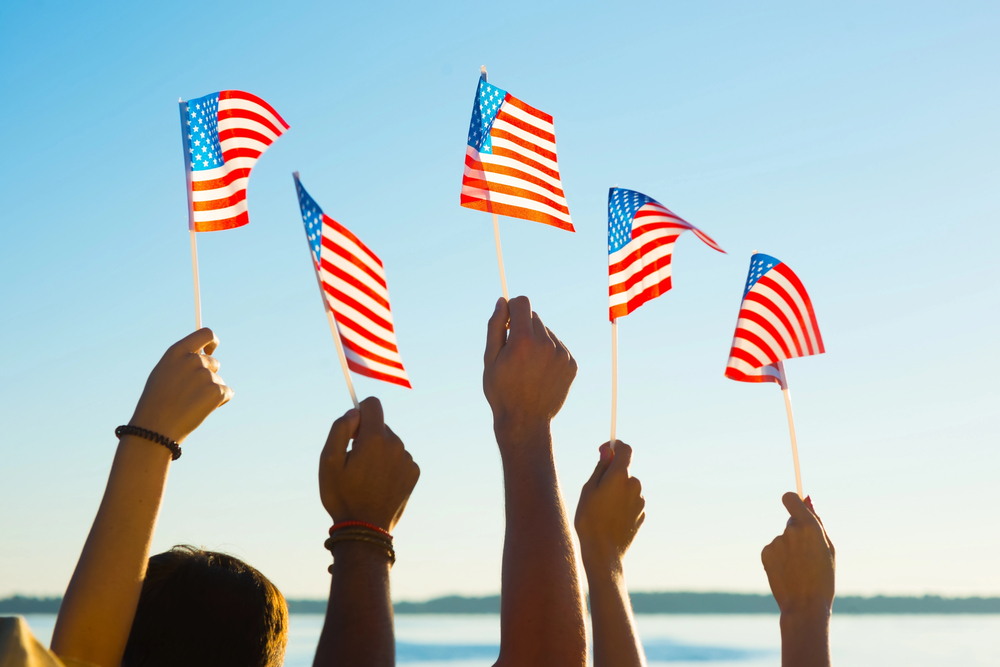
The narrative of American pride in 2025 is one of complication and contradiction declining figures, to be sure, but also new possibilities for rebirth. While the obstacles are genuine, so too is the potential for a more inclusive, joyful, and resilient national identity. Through embracing candor, civic rituals, and acts of service, Americans can start to close gaps and rediscover what it means to be proud together.


